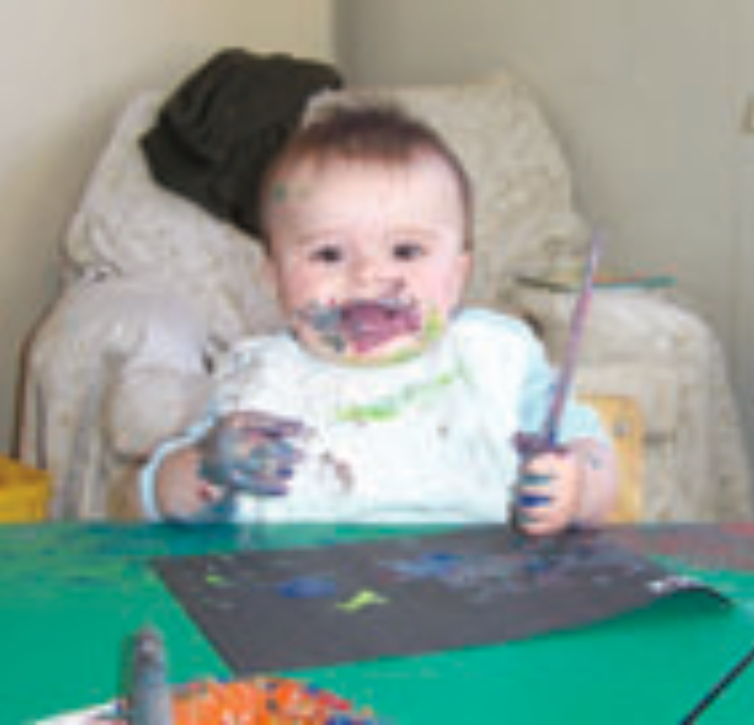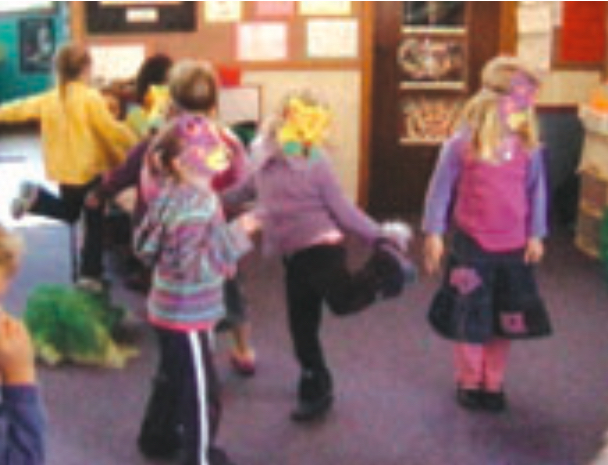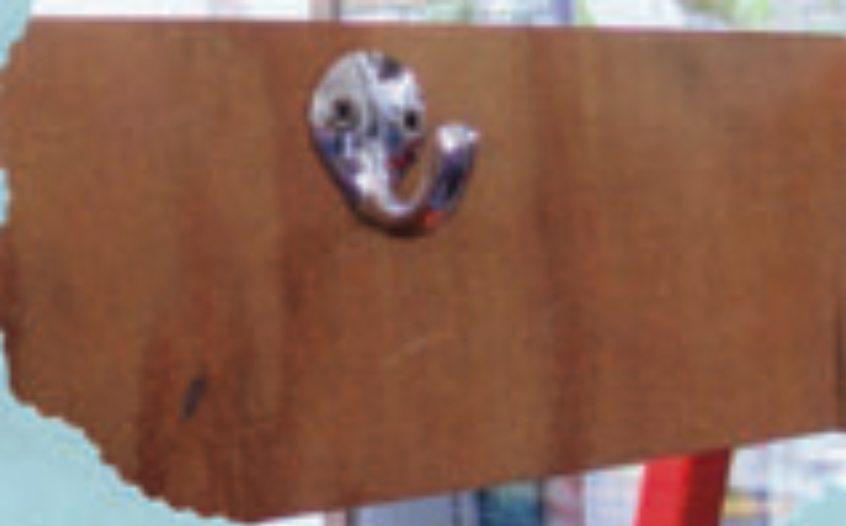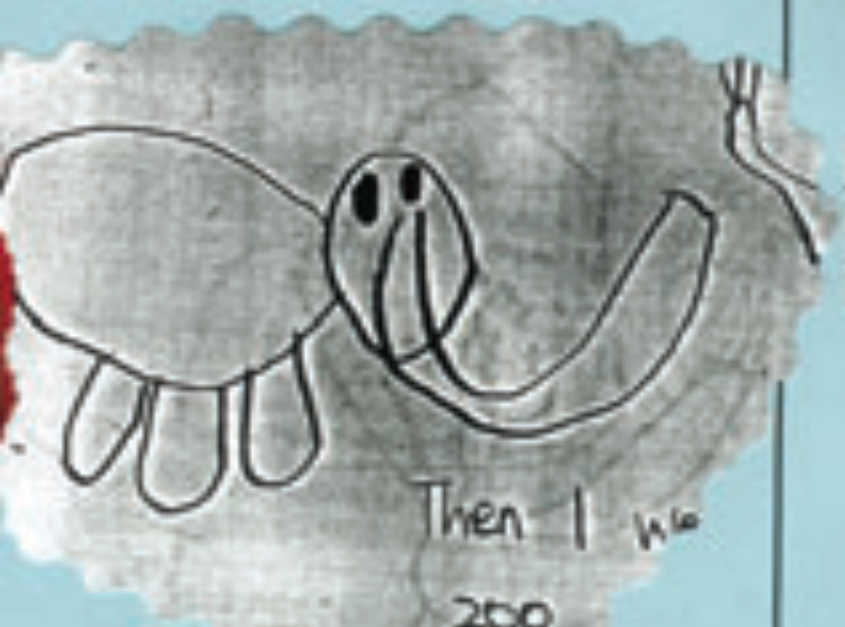Kei Tua o te Pae
Kei Tua o te Pae/Assessment for Learning: Early Childhood Exemplars is a best-practice guide that will help teachers continue to improve the quality of their teaching.
The exemplars are a series of books that will help teachers to understand and strengthen children's learning. It also shows how children, parents and whānau can contribute to this assessment and ongoing learning.
We are making improvements to our download-to-print functionality. So if you want a printed copy there are PDF versions available at the bottom of the main cover page.
A lens focused on the symbol systems and technologies for making meaning
The following are some aspects of participating in the domain of the arts that might be noticed, recognised, responded to, recorded, revisited, and reflected on. Not all of these aspects are represented in the exemplars, but teachers may be able to locate them in their own settings and write their own exemplars. In particular, when episodes are documented and revisited, children will be able to recognise their own competence and the way it has developed over time along the four dimensions of strength described in the previous section. In early childhood settings, as in school, the four disciplines of the arts – dance, drama, music – sound arts, and visual arts – are frequently integrated within the curriculum.


A repertoire of practices in the arts
An indicative repertoire of practices is set out here, using the four practices outlined in Book 16.16 These four practices also intersect and interconnect.
-
Observing and listening in to practices in the arts
Observing and listening in to practices in the arts includes watching and listening in to adults and other children participating in the arts for a range of purposes. It also includes noticing the cultural conventions – what you can do – with the symbol systems and technologies of the arts.
In the exemplar “The dancing cats”, the photographs reveal that observing and listening in is a feature of this project. The teachers comment that the children are improving their techniques “through observation and practice”. Watching the video of the musical Cats, watching their peers, and watching video clips of their own work enable the development of a common project, one that the children can revisit, discuss, and reflect on as they develop their dance techniques over time.
-
Playing with technologies and practices in the arts
The technologies and symbol systems associated with the arts are inviting contexts for play with no purpose in mind. Experiencing pleasure and enjoyment and “trying out” activities are examples of exploration through play.
In the exemplar “Painting tastes good!”, Jack explores some apparently “strange looking stuff” called paint. In the exemplar “Greta responds to music”, Greta tries out a range of movements to music.
-
Using the arts for a purpose
Using the arts for a purpose includes:
- expressing emotion and interpreting experiences and ideas through dance, drama, music, and the visual arts;
- telling a story through dance, drama, music – sound arts, and visual arts;
- composing a song, completing a picture, developing a dance, or constructing a drama about a topic or theme of interest;
- recognising the significance, history, and place of cultural traditions in the arts;
- noticing, recognising, and drawing on “traditional Māori forms such as poi, whare whakairo, and mōteatea, to create distinctive, contemporary art works”;17
- connecting with the range of ways in which family and whānau participate in the arts;
- collaborating on the development of artistic enterprises and environments;
- using the conventions of film-making to make a film that expresses an idea or tells a story.
In the exemplar “Rangitoto”, the children learning the traditional story about Rangitoto and painting the mountain contribute to the design and construction of a mosaic sign for the front of the centre. Comments on the photographs include “Jimmy looked through a catalogue and saw some ‘glass bubbles’ that he suggested we use for the mosaic. He showed us where he wanted them to go and George carried them on all the way across the sky.”
-
Critically questioning or transforming
-
Critically questioning or transforming includes: critiquing arts formats, symbols, and conventions; inventing and redesigning formats, symbols, and conventions; creatively combining different arts disciplines, perhaps with other symbol systems and technologies; and choosing from a range of possible and appropriate tools and suggesting alternatives.
In the exemplar “Tegan plays for the birds”, Tegan finds a creative and imaginative purpose for playing the guitar, transforming the conventional purpose of guitar playing in this early childhood setting.


Ethan transforms the coat hook.
-
